Have you suddenly found yourself stuck at home with an abundance of time on your hands? Go outside and see what the neighbors are doing! Don’t have a backyard? Luckily, you can even watch your neighbors through a window!
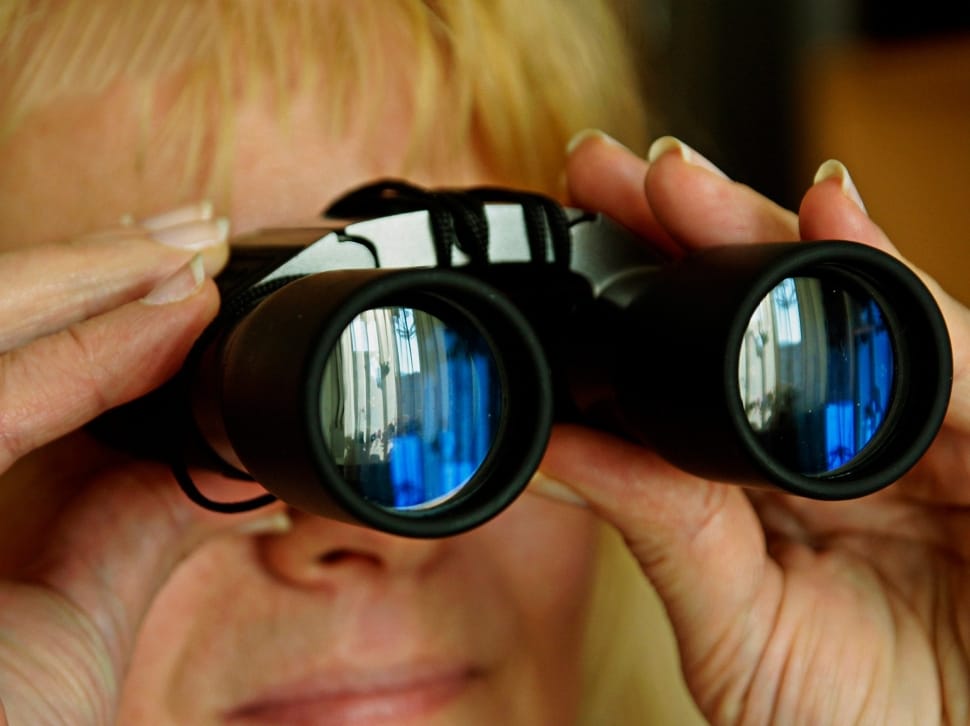
Our wildlife neighbors are busy going about business as usual, doing their standard daily commutes, picking up a midday snack and nestling into their homes at the end of a long day. When the day shift goes to sleep, the nightshift begins working, so there is always a chance to check out what the locals are doing.
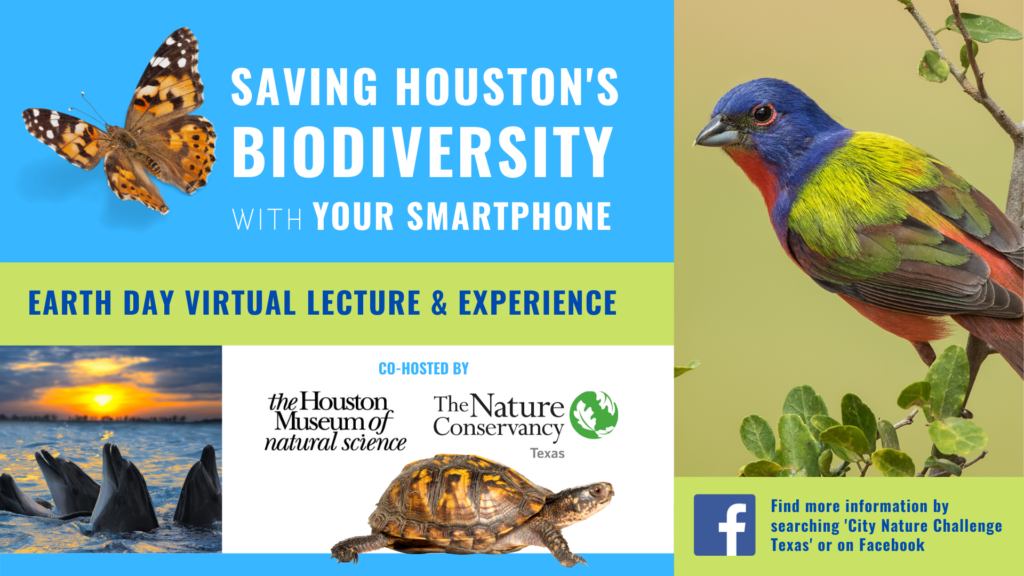
As you spot local wildlife, snap a picture and upload it to the iNaturalist app (for Apple) (for Android) to get feedback from actual scientists, experts and other naturalists! Here are some notable diurnal and nocturnal Houstonians with resources to learn more about them.
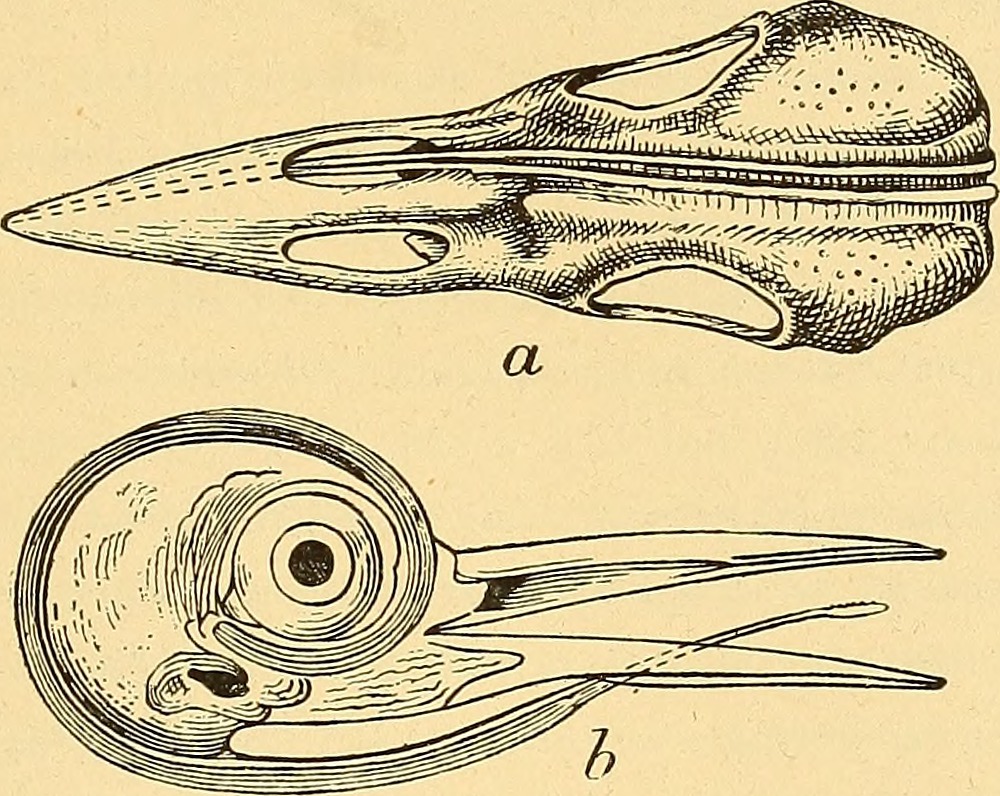
Diurnal: The Day Shift
Right now, you have a chance to spot birds such as grackles, chickadees and woodpeckers zipping around Texas. If you’re having trouble spotting native species, you can still learn about them through online resources like the bird building game created by the Cornell Lab of Ornithology. My favorite part of bird anatomy is the hyoid bone, which anchors the tongue, and helps shape an animal’s vocals. Humans have a hyoid bone, but the woodpecker has my favorite hyoid bone in the whole animal kingdom! Woodpecker hyoid bones and tongues start IN THE RIGHT NOSTRIL, wrap around the skull, split in two around the neck, and rejoin around the base of the jaw. This helps anchor the long tongue that they use to slurp up delicious bugs. If you’re stuck indoors, use a string or floss to measure how long your tongue would be if you were a woodpecker. Place the end of the string on (not in) your right nostril wrap it around the top, then back of your head, and out to the tip of your jaw. Cut the string where it meets your chin and voila! Now you know how long your woodpecker tongue would be.
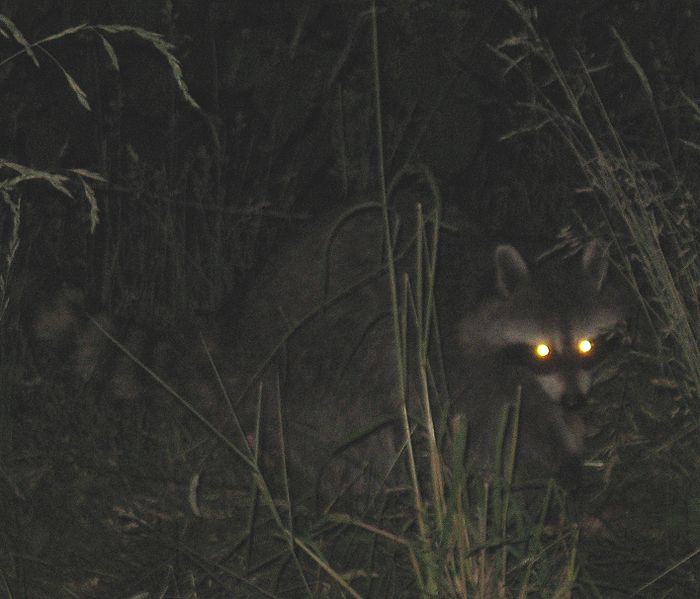
Nocturnal: The Night Shift
Raccoon and cat eyes glow in the dark because of a special reflective layer in their eye called the tapetum lucidum. Surprisingly, so do spider eyes! With a simple flashlight and access to an outdoor space, you too can go on a spider search. Make sure you are wearing the proper foot and skin protection for a nighttime walk, and then head out with your flashlight. Hold the light at eye-level and scan the area for twinkling spots. When you see a twinkle, it might just be a wolf spider or fishing spider. Go closer to check it out.
Some moth and beetle eyes also twinkle at night, so you have a chance to spy on many of your spineless neighbors. Still not sure how this works? YouTube has plenty of videos of people trying this out in their own backyards. If you do go out and see something interesting like a wolf spider, feel free to take a picture of it, but do not capture it because they have work to do! Wolf spiders do not lay a web to trap their prey. Instead, they run after and pounce on prey such as ants, grasshoppers and the occasional cockroach. If you find them in your yard, they are taking care of you!
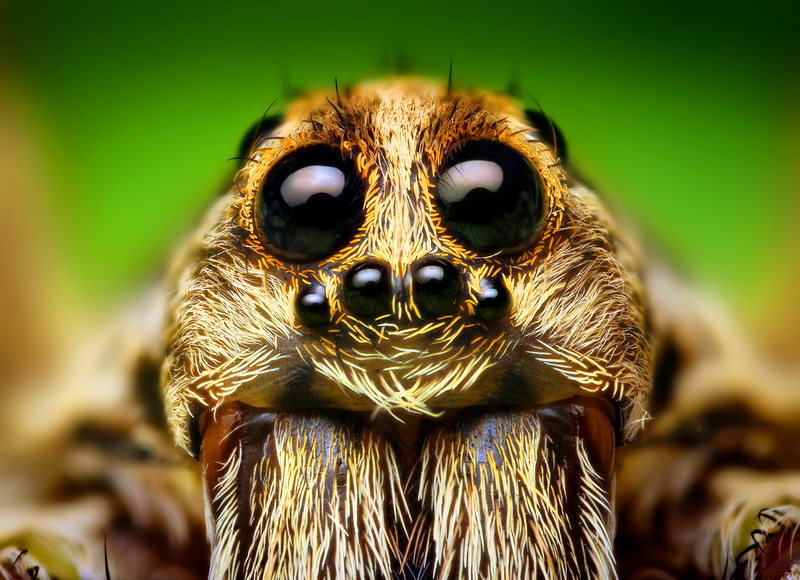
While you’re uploading pictures to the iNaturalist app, keep in mind that it is not just for animals. Bluebonnets and other wildflowers are in bloom right now, and can be uploaded to the app for identification. Now is a great time to consider the fauna and flora around you. In fact, you can even take this time to make future plans for a birding garden using the Audubon Native Plants Database. There’s an endless supply of wildlife waiting to entertain you, so get out or stay in, but don’t miss this chance to check out what the locals are up to!
Your contribution matters today more than ever, as we strive to ensure that the museum is ready and able to welcome you back. Please GIVE TODAY to help support our mission of science education.

